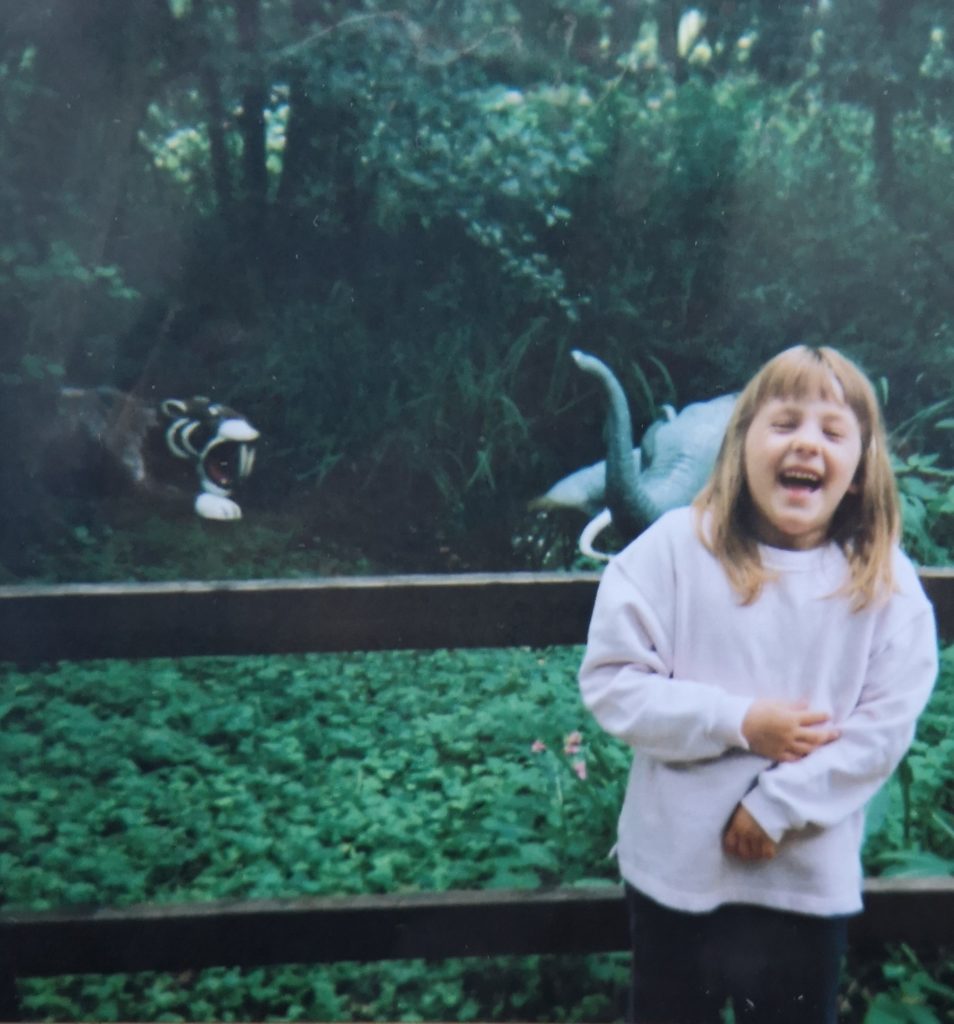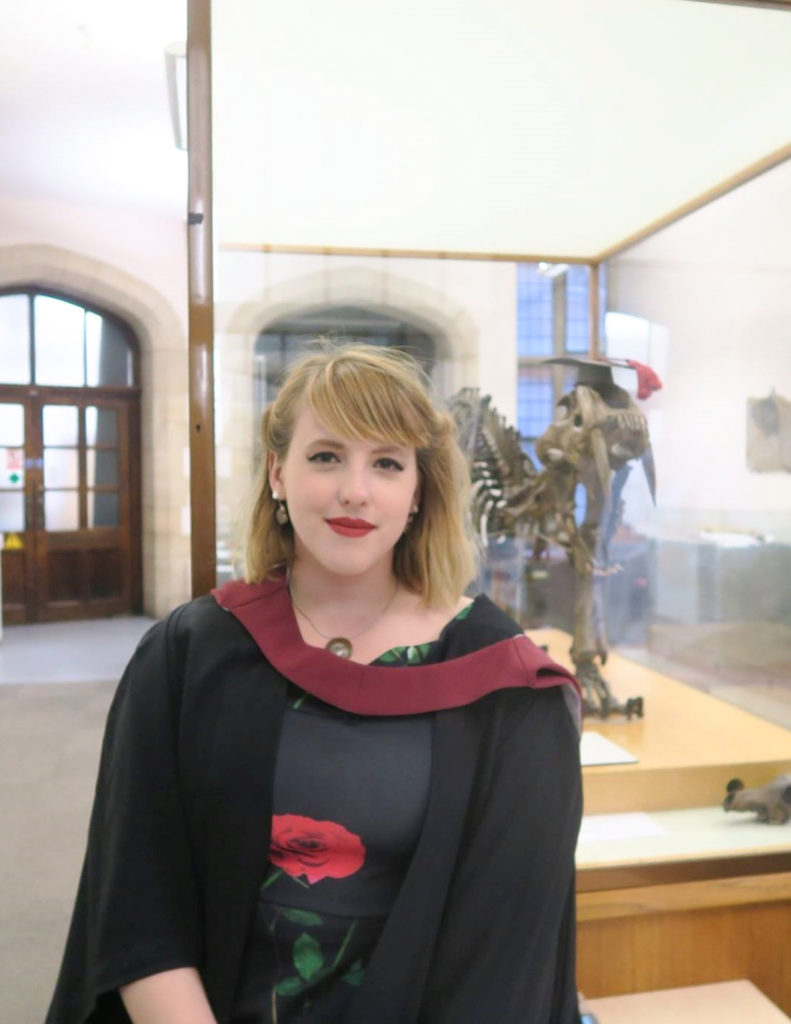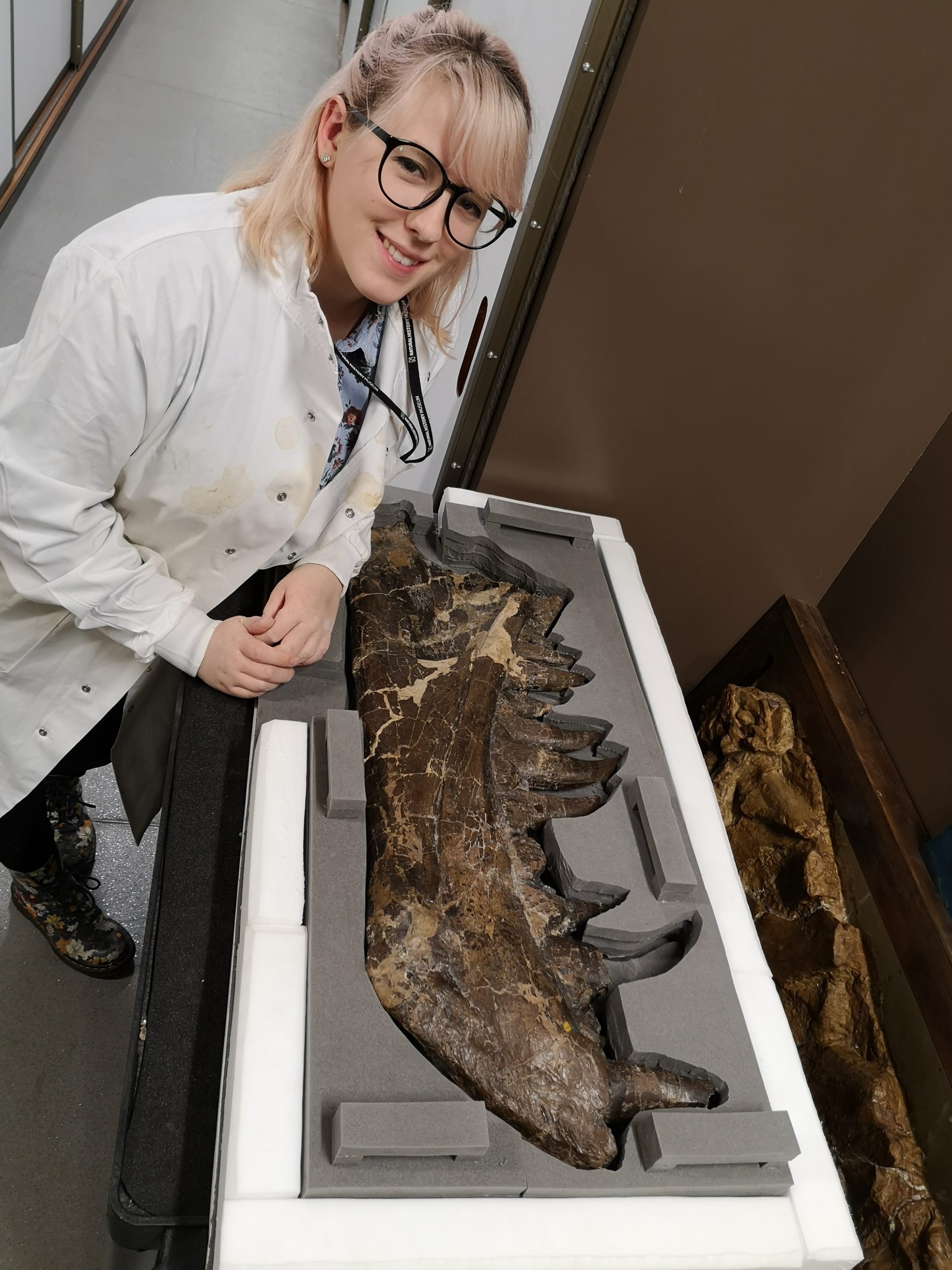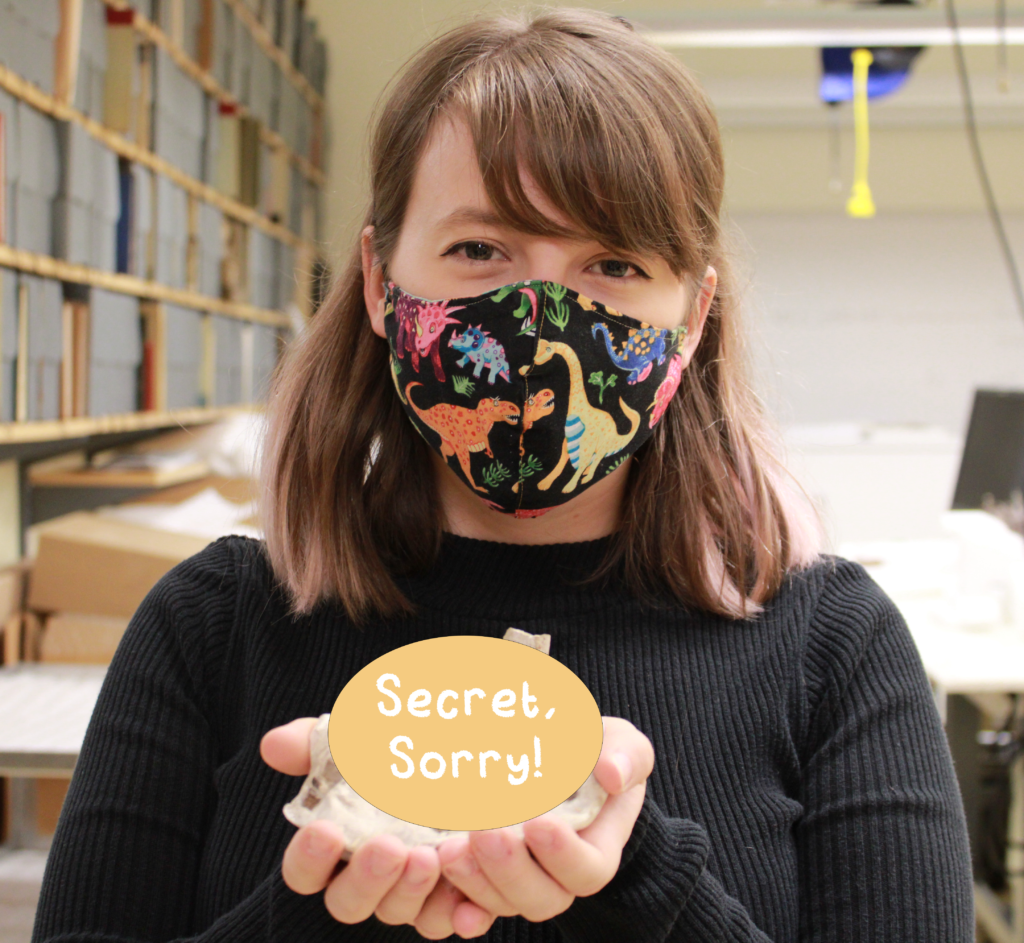
About Me
I have loved dinosaurs as long as I can remember – a typical dinosaur kid – and decided I was going to be a palaeontologist at the age of four. However, I changed my mind a lot as I grew up (Actor? Author? There was one week where I considered being a medical doctor) until, at the age of 18, I figured I had it right the first time around and went to the University of Bristol to do an MSci in palaeontology and evolution.
Through my master’s project on the fauna preserved in fissure fill deposits at Pant-y-ffynnon in Wales, I studied the Late Triassic in detail for the first time and haven’t looked back. This project also gave me my first fossil preparation experience in the form of using buckets of acetic acid to prepare blocks of sandstone collected decades before. Despite causing me to smell like vinegar for six months (acid prep takes a while), I loved it. Another bonus was that we discovered a new species of rhynchocephalian (lizard like reptiles that are represented today only by the tuatara of New Zealand). The name we gave it, Clevosaurus cambrica, means “Gloucestershire lizard from Wales”, which is mildly funny if you know your UK geography.


After my degree, interning as a fossil preparator at the Great Plains Dinosaur Museum really cemented that palaeontology was what I wanted to do, and I realised I was miserable without it. To this end, I started volunteering at the London Natural History Museum, first in the 3D visualisation lab where I got my first taste of surface scanning, something I’m pretty good at now, and then in the fossil preparation lab. I wrote another paper (this time on the anatomy of an aetosaur, a Triassic crocodile relative from Scotland), was asked to return to Montana and the GPDM for a second summer, consulted and wrote on some books, started a scientific communication Instagram and generally did what I could to make myself as employable as possible in a field with a very competitive job market.
(for full but more dryly written details on this and all my other work, see my CV)
While other projects I had lined up were cancelled due to… the global situation… on the day the UK went into its first lockdown in March of 2020, I was hired to my first full time job as a palaeontologist as a technician on the DawnDinos project (and shortly after this, I was hired as a writer for PBS Eons!). During a brief break from this position, I also got to fulfil a lifelong dream and actually got paid to work at the Natural History Museum on the most exciting collection I will probably ever get to work on, because I’m not sure how you go up from the actual fossils collected by Darwin on the voyage of the Beagle.


I realised that the best way to continue the trajectory I wanted in my career was to return to education. This led to where I am now, pursuing a PhD at Virginia Tech under the supervision of Dr. Sterling Nesbitt, working on a new method of identifying isolated teeth from their morphology, using those of aetosaurs as proof of concept. I’m loving it so far and can’t wait to see where this takes me!
Outside of palaeontology and academia, I enjoy doing creative things like making music, embroidery and art, and acting. I fence and recently took up roller skating. Those two sports should only be combined by someone more competent at both than I, but I would like to see it.